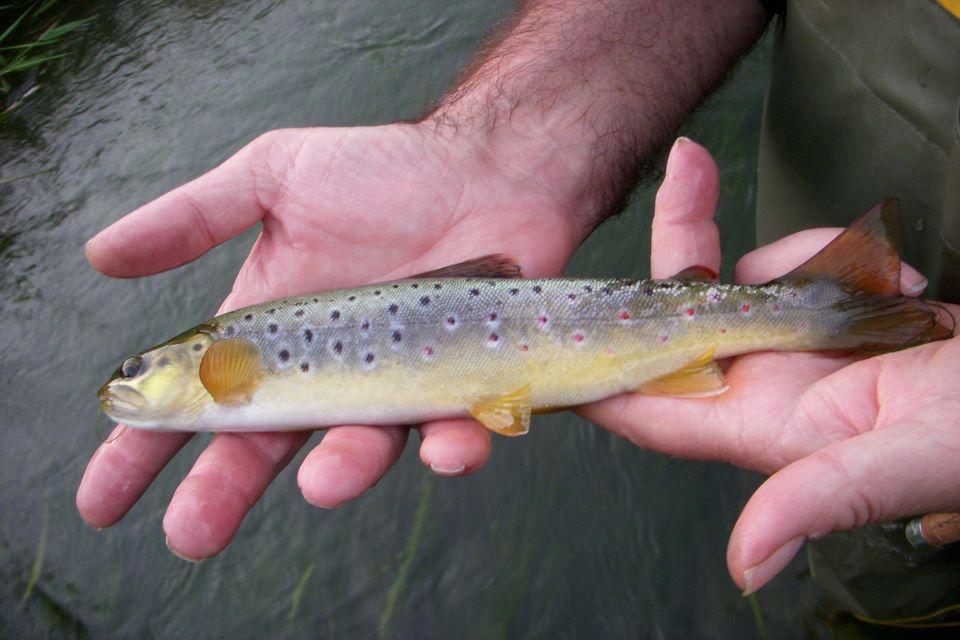The Environment Agency has worked with the Wild Trout Trust to remove a former mill flood bank at Manthorpe. The bank has been removed to create a new environment for wildlife such as otters, wetland birds, white clawed crayfish and water voles.
As well as removing the bank, the floodplain was lowered and ponds created. An area for native wildflowers will be sown next spring.
Lowland floodplain habitats have become rare in the UK in recent years. The land has largely been used for agriculture particularly during the Second World War when they were needed for food production. The restoration of these rare habitats can bring benefits to both people and local wildlife. These include wetland areas whose plant life can capture carbon in the fight against climate change.
Matt Parr, who specialises in river restoration for the Environment Agency in Lincolnshire, said:
It's great that the project has allowed us to work with the river and restore its natural state. Plants and animals will start to populate the habitat quite quickly.
I'm hopeful the changes will encourage protected crayfish and water voles to return to the area in large numbers. Our recent checks recorded voles nearby, but endangered crayfish numbers were low. We want to increase the amount and variety of species.
Creating the ponds will contribute towards the Environment Agency's target of cutting carbon emissions to net zero by 2030 at the same time. The newly extended floodplain will help store water when river levels are high, complementing existing flood defences protecting areas downstream.
Rivers also store nutrients and fine sediments which will spill on the floodplain when the river rises, cleaning it. The work also helps to provide lush grass for grazing sheep as well as being a diverse habitat itself.
Rob Mungovan, conservation officer at the Wild Trout Trust said:
We are happy to work with The Environment Agency to help them deliver river restoration. With gravel added to the river, it now provides a much greater variety of habitats including spawning areas for the river's wild brown trout.

A wild brown trout. Photo credit: The Wild Trout Trust
The project began at the start of October and finished in November.






